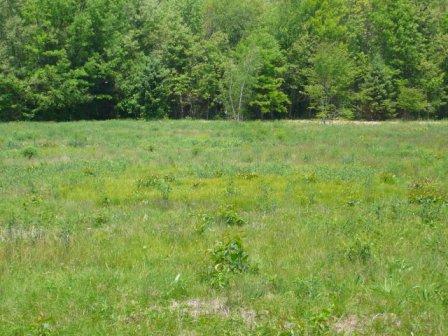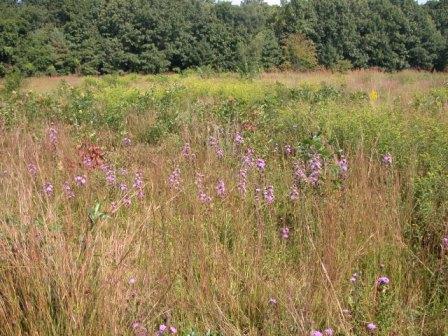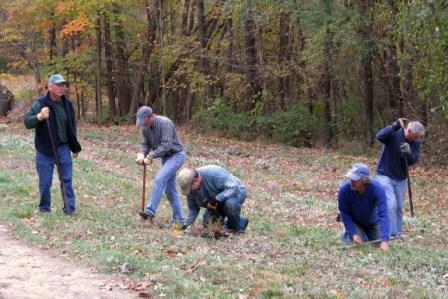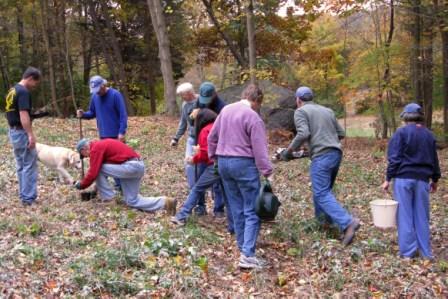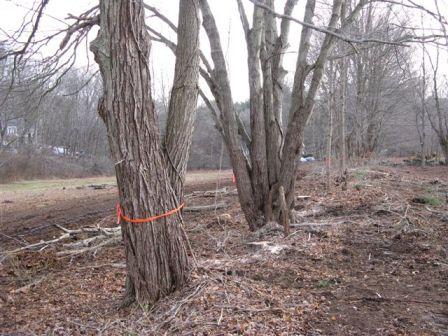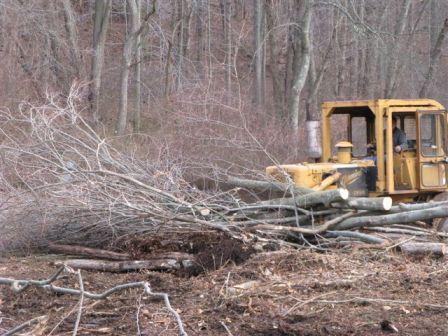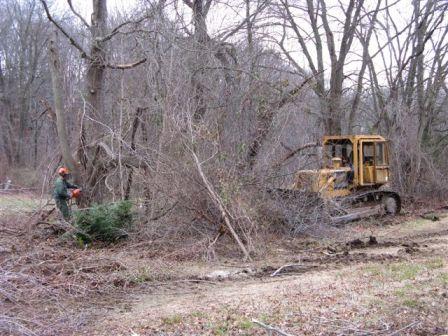Open Space Management Plan
Part 6. Management Recommendations and Planned Activities
This is where the rubber meets the road. Be as specific as you can. For the most part, the most effective recommendations specify not only what needs to be done, but who will do it, when, and how it will get done (cost, volunteer power, etc.)
A. Natural Resources, Plants, Wildlife
B. Cultural Resources
C. Recreation/Education UsesA. Natural Resources, Plants, Wildlife
For each issue described in Part 5, what steps will be taken to achieve the desired future condition, in addition to any current management activities that are ongoing?
(Also, consider alternatives. If the desired future condition in not attainable in the short term, what is an acceptable future condition? Often eradication of invasive plants, while desirable, is not possible. So the goal might be to keep invasive plants under control, and possibly to focus on eradication within a significant habitat described in Part 3.)
Examples:
FOREST - Several invasive plant species were found in the forest borders:
Alliaria petiolata (Garlic mustard) and Euphorbia cyparissias (Cypress spurge)
Infestation heavy and will require several years of hand pulling.
Work party of volunteers to hand pull scheduled for May‘08
Estimated total time for hand pulling in the first year (08) is 50 hours and should decrease in subsequent years.
Area will be monitored annually by Preserve Steward to determine need for continued management.
Plants must be bagged and disposed of properly.
MEADOW - Several invasive shrubs were found encroaching the meadow.
A meadow in Fenwick showing encroachment by shrubs and invasive plants.
The area will be mowed seasonally to control the shrub encroachment.
The meadow will be treated with herbicide to control the invasives.
Mowing and herbicide treatment will continue for several years.
The same meadow in Fenwick after mowing and herbicide treatments to control the shrubs.
The meadow after two years of management to promote grasses and herbaceous perennials.
Herbaceous perennials and grasses will be promoted in the area.
Apply for a Wildlife Habitat Improvement Program (WHIP) grant from the NRCS to fund field restoration.
Land trust members, along with a local Boy Scout troup and volunteers, will clear invasives and plant native grasses in work parties, using the WHIP funding.
In this example, Essex Land Trust members and volunteers planted 1000 native grass and wildflower plugs in a one day work party to help restore a grassy meadow on the Essex Cross Lots property.
Shrub and larger species will be removed with heavier equipment to reduce encroachment and protect grassland species diversity
These are additional pictures from the Essex Land Trust, showing woody plant removal at their Cross Lots property.
The Essex Cross Lots photos were taken by Bob Nussbaum.
B. Cultural Resources
Example:
FIELD - One of the cultural habitats of a Preserve is a 12 acre field (formerly pasture). In order to maintain this field it must be mown at least every 3 to 4 years to control tree and shrub growth. Mowing will be done by XXX at a cost of XXX. Mowing will not take place between April 15 and August 14 to minimize impacts to wildlife. An annual survey will be made by the Preserve Steward to determine if mowing should occur more frequently, or if invasive plants are becoming a problem.
C. Recreation/Education Uses
Existing trails – annual maintenance conducted by Preserve Steward
New trails – If new trails are desired, plan them out (using GPS if available) to see how they would fit with the existing trail system.
Research and Education (e.g. nature trail guide, possibly with signage)



